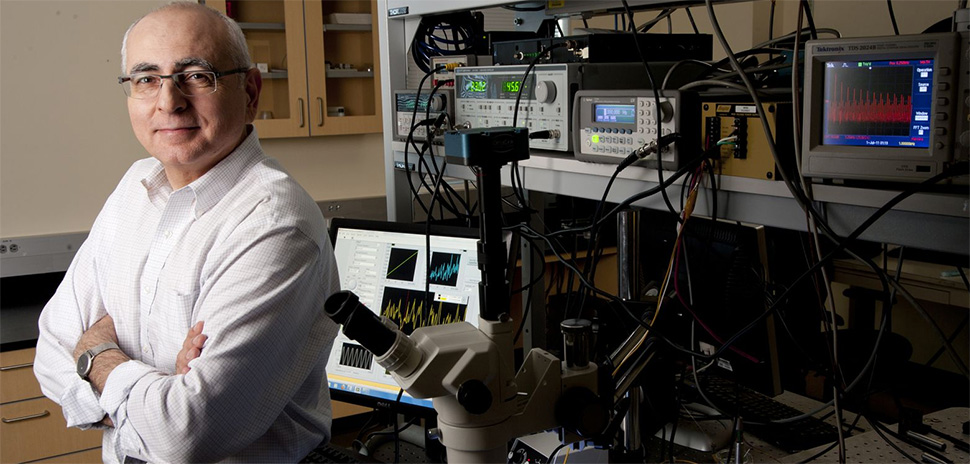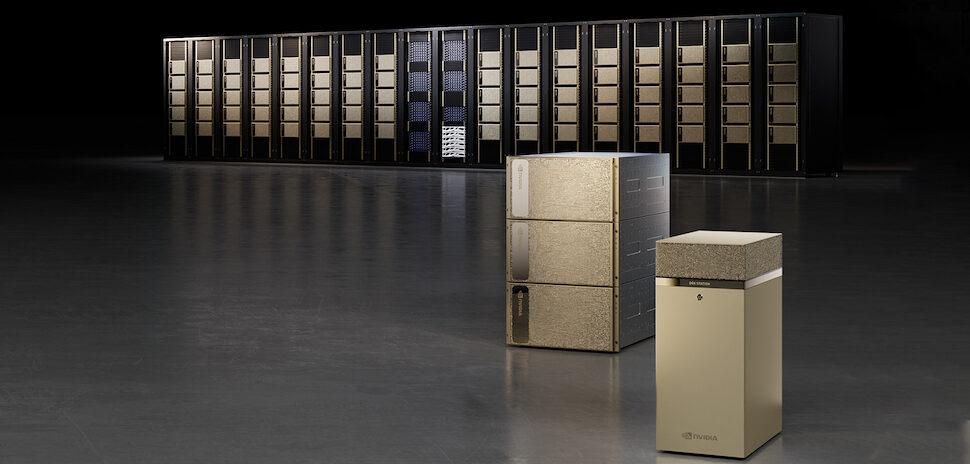A research team funded by NASA and led by researchers at Southern Methodist University has developed a tiny sensor that could help spaceships land on Mars. How tiny? The velocity-measuring “optical microresonator” is just 2 millimeters long—about the width of two sharp pencil points.
“Every gram of a device makes a huge difference in how much fuel I will have to have on a spacecraft and how many other items I can include as payload on that spacecraft,” said SMU’s Volkan Ötügen (above), one of the creators of the sensor, in an SMU post published in Phys.org.
Sensor could help spaceships land safely on Mars, other planets
Ötügen, senior associate dean of the Mechanical Engineering Department in SMU’s Lyle School and director of the SMU MicroSensor Laboratory, says the sensor could improve the success of landings on Mars and other planets, since only 40% of Mars missions have landed successfully to date.
The sensor’s key mission is measuring the speed of a spaceship’s descent to a planet’s surface—which happens fast, often in just minutes, when a million things can go wrong. like the 2016 crash of the European spacecraft Schiaparelli on Mars’ surface.
Big, meet small

Fabry-Perot LiDAR, left, and how the much smaller SMU micro-resonator would work, right. [Image: Elie R. Salameh/SMU]
The image above left shows the Fabry-Perot interferometer, the velocity measurement system that’s used most commonly on spaceships. It uses a Fabry-Perot Etalon sensor that’s a relatively whopping 240 millimeters long, while some can be as long as 500 millimeters.
By contrast, the smaller system shown at right above uses SMU’s tiny 2-mm micro-resonator. Its first proof-of-concept results have been published in the AAIA Journal.
Device uses ‘whispering gallery mode’ phenomenon
The device built by the research team employs a phenomenon called “whispering gallery mode.”
A whispering gallery is an enclosed circular or elliptical area, like you might find inside the dome of the U.S. capital building or a cathedral like St. Paul’s in London. In that architectural environment, sound waves can travel strangely, with very little volume loss from one spot in the vast room to another.
Light waves can do the same thing, which is why SMU’s sensor uses an optical fiber to create its own light-based “whispering gallery.”
“The inner surface of this small circular cavity acts like a mirror and the light injected from the optical fiber goes round and round inside the cavity millions of times,” Ötügen said in the post. Shifts in the wavelength’s resonance can be used to measure a spaceship’s velocity along with other metrics.
Ötügen’s research team
Ötügen worked with three SMU research assistants—Alexandra Weis, Elie R. Salameh, and Jaime da Silva—and researchers from Michigan Aerospace Corporation to build the microsensor in his lab.
You can read more about their work in SMU’s post at Phys.org.
![]()
Get on the list.
Dallas Innovates, every day.
Sign up to keep your eye on what’s new and next in Dallas-Fort Worth, every day.































